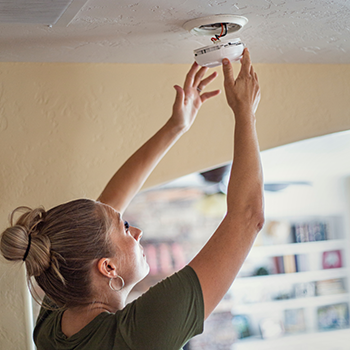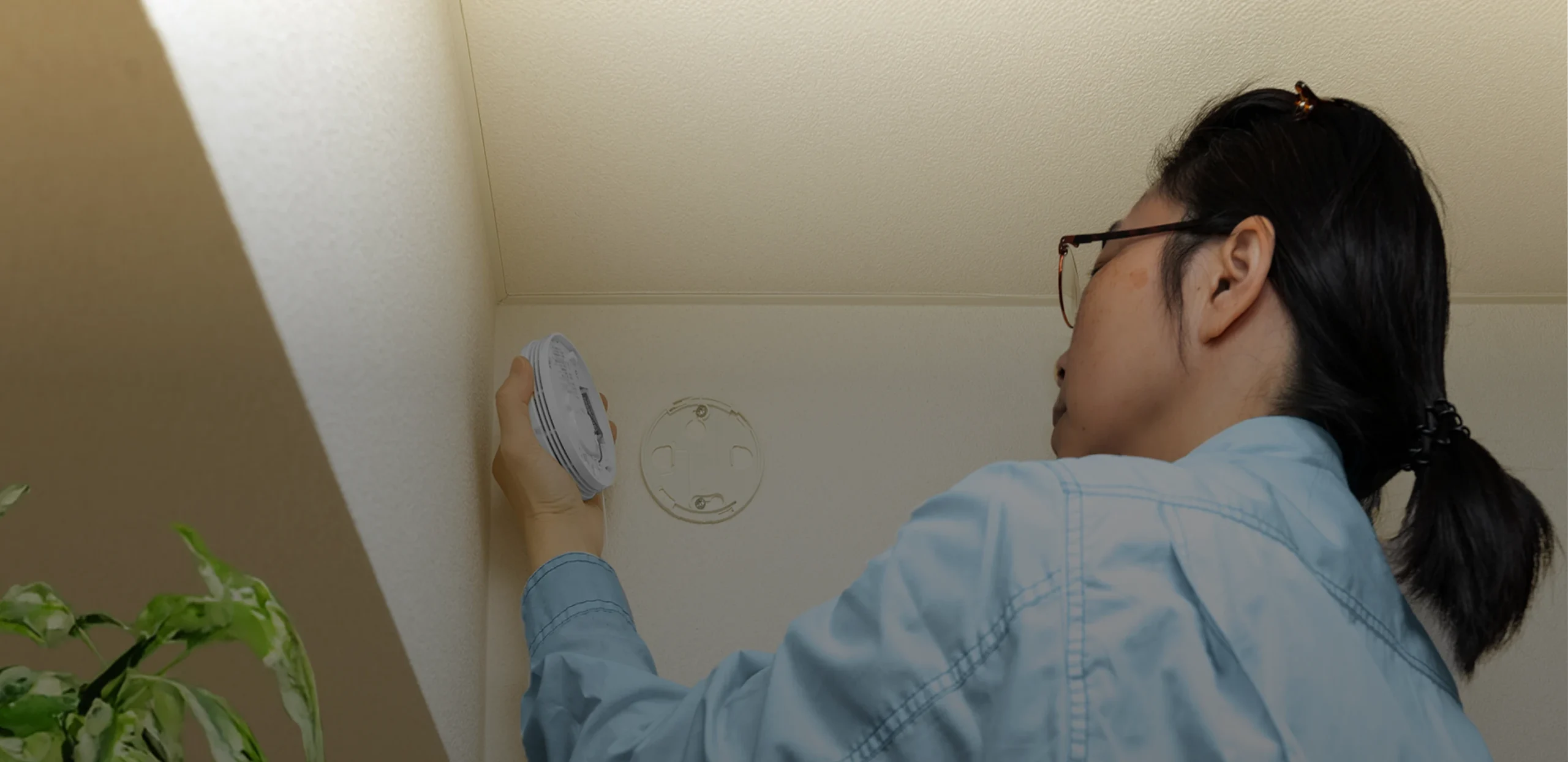
Carbon Monoxide Protection
Detecting and preventing carbon monoxide leaks saves lives. Safety standards for alarms, detection systems, and CO-producing appliances and equipment help make the world safer for you.
What is the Risk to You?
Every year in the U.S., carbon monoxide poisoning kills more than 400 people and sends more than 100,000 to hospital emergency departments. Any life lost to CO poisoning is one too many, and detection is the first step toward preventing tragedies like these.
By the Numbers
Hover over each stat below to learn about the impact proper detection can have in preventing tragedy.
Keep reading to explore examples of the power of prevention from people just like you.
Safety Science in Action
A safety standard is like an instruction manual put together by experts to guide the testing of products, services, and systems to make them safer for you.
Standards help CO detectors reliably detect carbon monoxide, limit CO emissions from portable generators and require automatic shutoff sensors, and help home heating and cooking appliances operate safely and efficiently.
Detection is Prevention Against Carbon Monoxide Poisoning
Daryl and Shirley Jenkins checked into their hotel room, believing it was safe. Tragically, this assumption was incorrect, as the room lacked a carbon monoxide detector. Just seven weeks later, 11-year-old Jeffrey Williams also lost his life to CO poisoning — in the same room.
Motivated to protect more families, the Jenkins’ daughter Kris started the Jenkins Foundation to increase awareness of carbon monoxide poisoning. Working together with ULSE, Kris helped update UL 2034, a safety standard for CO alarms, to support small businesses in stopping similar tragedies.
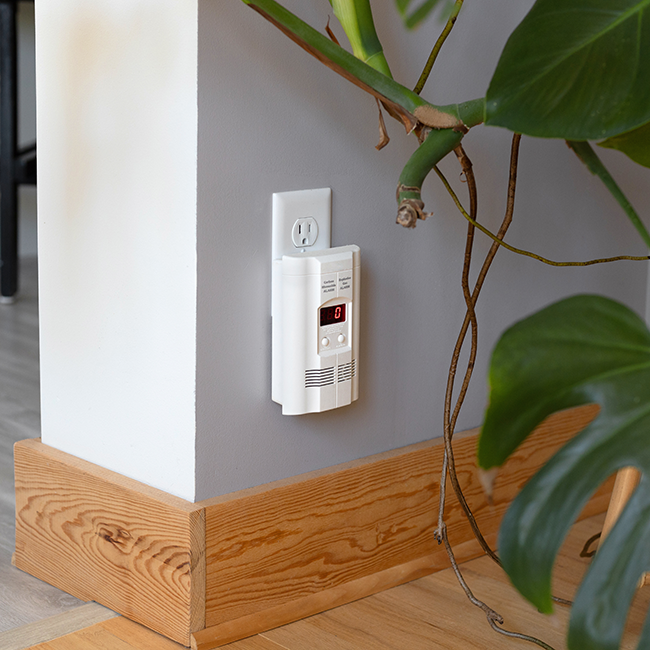

Hear From Current Team Members
“I’m very proud to have joined the experts on the front lines in the fight against CO poisoning, and deeply compelled to address this issue after speaking with those who have lost loved ones,” Haithcock said. “ULSE is working to help protect consumers from CO poisoning with standards for portable generators and carbon monoxide alarms, and we rely on the input and expertise of these individuals to help in the ongoing development of these standards.”
Diane Haithcock
Director of Standards Programs,
UL Standards & Engagement
Carbon Monoxide Safety Resources
We are committed to improving the safety of everyone vulnerable to carbon monoxide threats — and it starts with education. Explore these resources to equip yourself with the knowledge you need to live more safely.
-
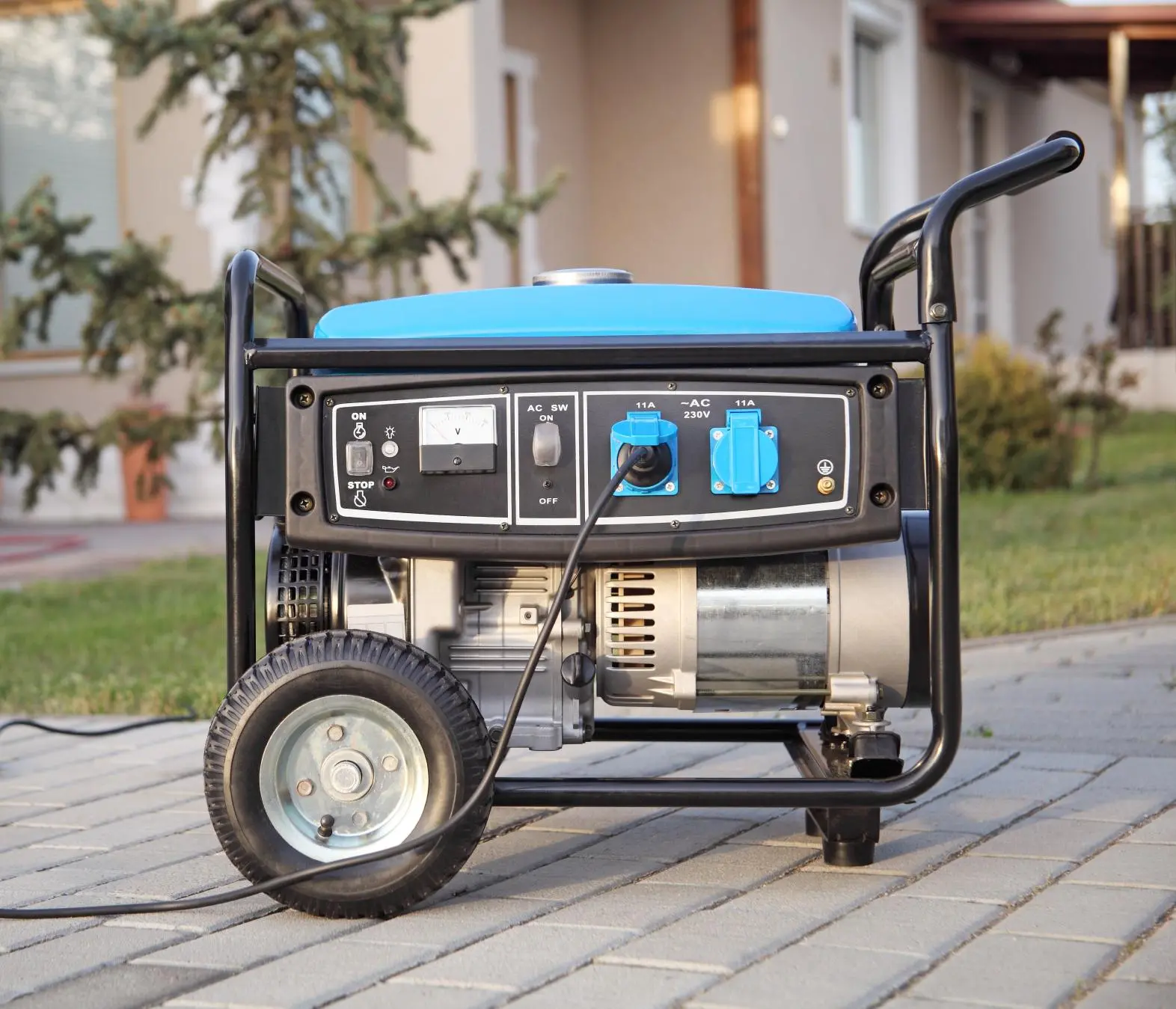
Hurricane Season Brings Renewed Generator Risks But CO Alarms Can Save Lives
Prepare wisely for storm season—portable generators pose hidden carbon monoxide dangers, but CO alarms and standards can save lives.
-

Your State May Not Require Life-Saving Carbon Monoxide Protection. Why Not?
Discover why many states still don’t require carbon monoxide detectors and how gaps in regulation leave thousands at risk each…
-
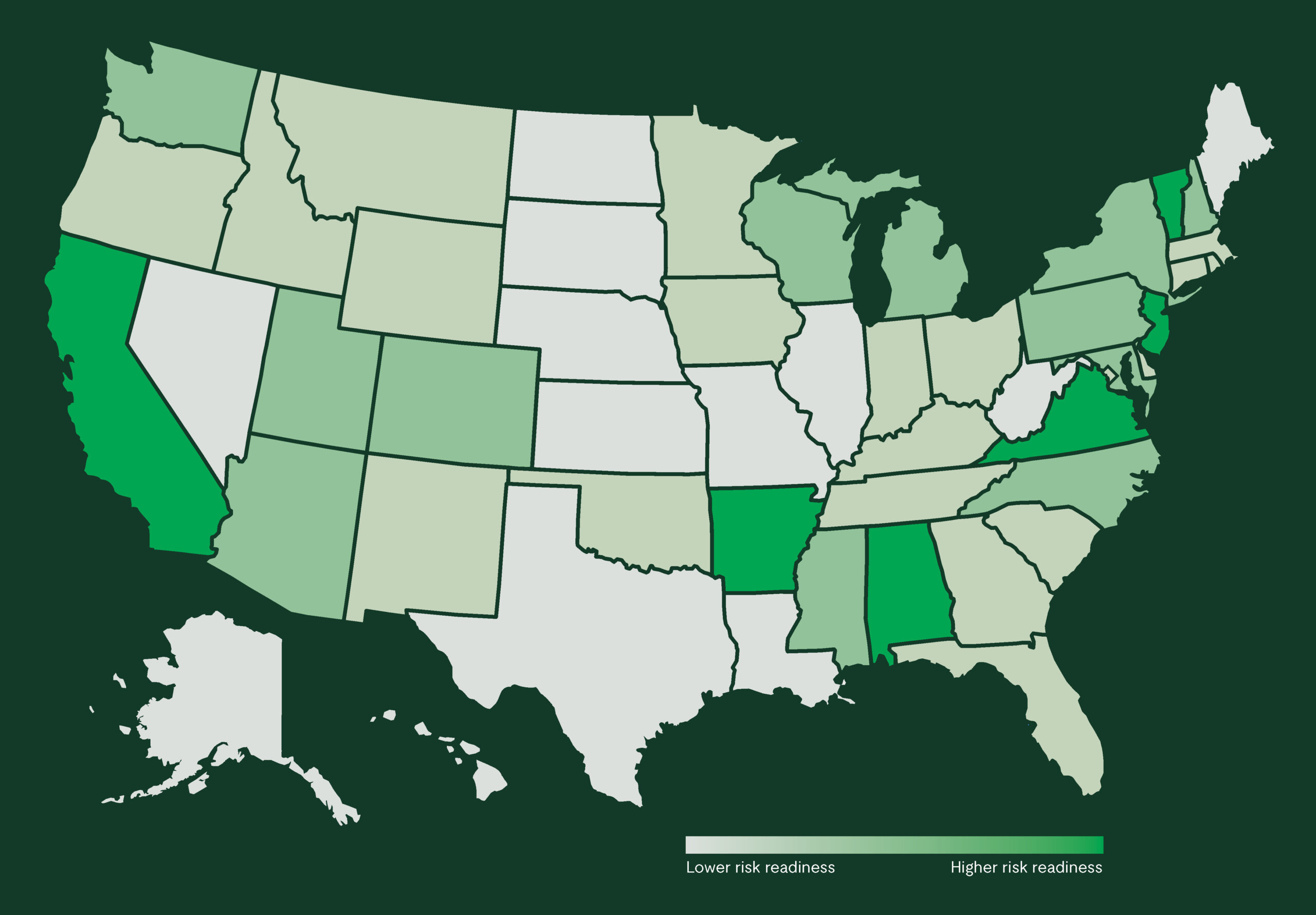
U.S. State CO Risk Assessment Report
ULSE has developed the CO Risk Assessment to evaluate each U.S. state’s code and regulatory efforts, health outcomes, and public awareness.
Frequently Asked Questions
Education can be one of our greatest assets in fighting carbon monoxide safety risks. Continue reading to find common questions about carbon monoxide safety and learn how to mitigate your risk.

most commonly asked
What is carbon monoxide poisoning?
Carbon monoxide poisoning occurs when carbon monoxide replaces oxygen in the blood, causing serious physical harm and even death. Early symptoms of carbon monoxide poisoning can include nausea, dizziness, headaches, chest pain, and loss of consciousness.
What are the risks associated with carbon monoxide poisoning?
The long-term exposure consequences of low-level CO poisoning include memory loss, personality changes, heart abnormalities, mental capacity degradation, and Parkinson’s Disease. Carbon monoxide poisoning can also be deadly, taking more than 400 lives and prompting 100,000 ER visits in the United States each year. The numbers may be higher, as symptoms are common and easily misdiagnosed.
How can I reduce my risk of carbon monoxide poisoning?
You can reduce your risk of carbon monoxide poisoning by installing and regularly testing carbon monoxide detectors in your home, packing portable carbon monoxide detectors when traveling, never operating devices like portable generators and vehicles in enclosed spaces, and knowing the products you have that generate carbon monoxide. These can include furnaces, kerosene heaters, stoves and gas ranges, and pool heaters.
What are the most frequent sources of carbon monoxide?
Common sources of carbon monoxide include portable generators, heating systems, vehicles, chimneys, and gas appliances.
Never operate devices like portable generators or vehicles in enclosed spaces.
Why is carbon monoxide poisoning so common?
Carbon monoxide poisoning is prevalent because this colorless, odorless, tasteless gas is undetectable by humans and can be produced by common household products like stoves or portable generators. It can sicken you over time and in high enough concentrations it can harm or kill in just minutes.
Spotlight
Carbon Monoxide Safety Standards
Safety standards have the power to save lives. Explore UL standards that improve detection and help prevent tragedies from CO poisoning.
Our catalog includes more than 1,700 safety standards and documents that are regularly updated and added to. Explore how our standards are making the world safer for you.
Get Involved
The best standards are made possible by diverse voices and deep collaboration. Be part of the process by helping inform the next generation of standards.

Technical Committees
Each TC is a diverse group of experts representing a broad range of perspectives and interests, including consumers, manufacturers, regulators, supply chain professionals, and more.
As a TC member, you will review proposals for new or revised standards and work collaboratively to achieve consensus through balloting in our transparent process.

Stakeholders
Stakeholders can submit, review, and comment on proposals for new standards or revisions to existing standards. While these individuals cannot vote, the TC considers their input during the standards voting process. Since standards affect everyone, all are welcome to participate as stakeholders. Register online through our Collaborative Standards Development System, CSDS.
